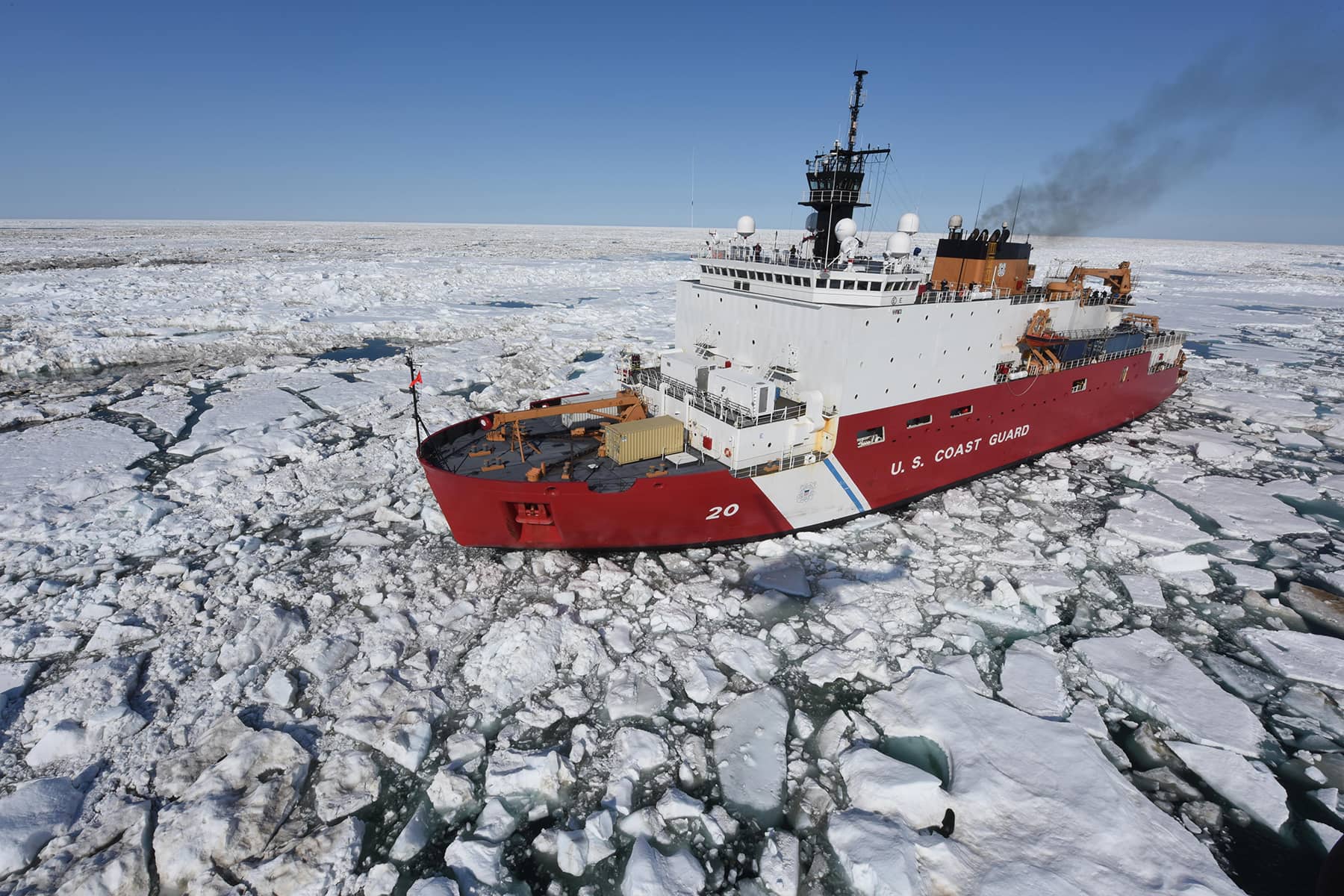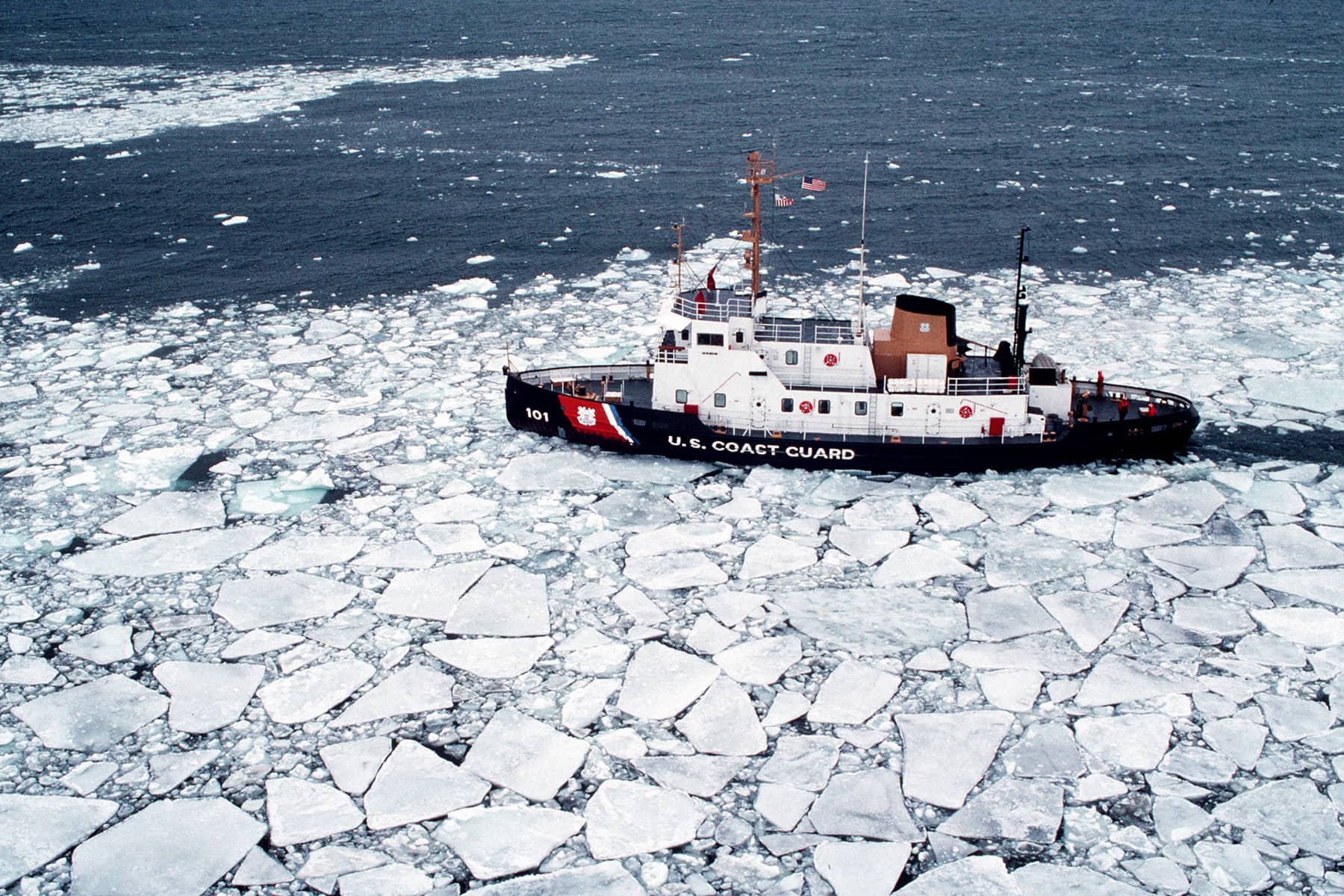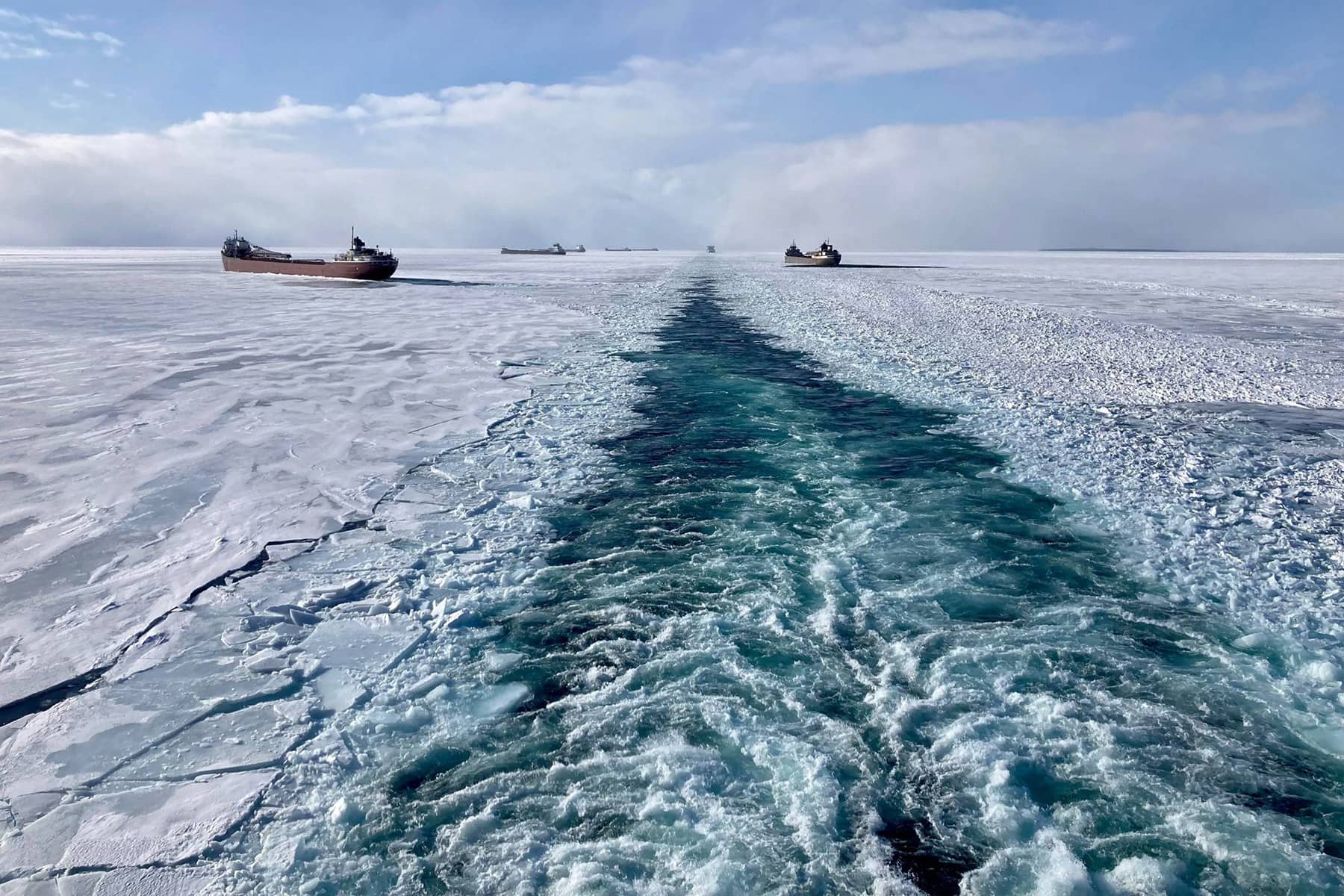
Congressional lawmakers have authorized another heavy icebreaker on the Great Lakes as part of the $858 billion defense bill to be approved by President Joe Biden.
Wisconsin lawmakers, including Democratic U.S. Senator Tammy Baldwin and Republican U.S. Representative Mike Gallagher, said the authorization of a $350 million heavy icebreaker is vital after thick ice cover in the last decade has cost billions of dollars in shipping delays. They say authorization is a key step toward securing money for a new U.S. Coast Guard cutter to keep commerce moving.
“In the cold winter months, icebreaking helps keep the economies and communities around the Great Lakes moving, and allows Midwest businesses to get their goods from point A to point B,” Gallagher said in a statement. “These new funds authorized for a Great Lakes icebreaker will help the Coast Guard fulfill their icebreaking mission and ensure that Northeast Wisconsin remains competitive — no matter the weather.”
Baldwin echoed sentiments that Wisconsin relies on the Coast Guard’s icebreaking operations to ship goods manufactured in the state to other destinations on the lakes.
“When our capacity is diminished because one or more of the icebreakers are under repair or other circumstances, people lose jobs,” Baldwin said. “And, we lose millions upon millions of dollars in commerce.”
A delay on the lakes can cost anywhere from $3,000 to $5,000 an hour depending on the size of the vessel and its cargo, according to Eric Peace, vice president of the Lake Carriers’ Association. The trade group represents the U.S.-flagged fleet on the Great Lakes that shipped more than 81 million tons of cargo in 2021. Data from the association estimates businesses lost more than $2 billion and 10,000 jobs due to delays caused by ice cover during the winters of 2013-14, 2014-15, and 2018-19.
“Icebreaking is critical to our national economic security, not just regionally here on the Great Lakes, but the entire nation,” Peace said. “We’re shipping raw materials that produce vital things like steel, concrete, you name it.”
The Coast Guard currently has six aging icebreakers on the lakes that are roughly 40 years old, according to Lorne Thomas, chief of external affairs for the U.S. Coast Guard’s 9th District in Cleveland.
Thomas said the agency is committed to additional icebreaking capacity on the Great Lakes.
The defense bill includes language for a new icebreaker “as capable” as the Coast Guard Cutter Mackinaw. The Mackinaw is the only heavy icebreaker on the Great Lakes that can make it through thicker ice.
“If we have a decent ice year, a lot of ice will stack up in Whitefish Bay in the eastern part of Lake Superior because it breaks up, melts, then gets pushed by the wind and it kind of stacks up,” Thomas said. “So you want something to be able to break through that.”
Even so, it will likely be years before another icebreaker becomes operational on the lakes. Last year, the U.S. Congressional Budget Office estimated it would take 11 years to design and construct it. Initial design of another heavy icebreaker is already underway, but no construction will begin until the Coast Guard secures more funding. Baldwin said momentum is building around financing a new cutter.
“It will be a multi-year process, including in the early stages, design, and blueprints, etc.,” Baldwin said. “Then, as that progresses, ultimately, there’ll be a selection of a shipyard and construction of the heavy Great Lakes icebreaker.”
The Coast Guard’s Thomas said it is too early to talk about where the heavy icebreaker would be located, but he noted the agency will consider the best place to address ice-breaking needs along with a community’s capacity to hold another cutter.
“If we were going to put the cutter anywhere up in Lake Superior, be it Duluth or other places, we would take into account that Lake Superior is closed for the winter (to shipping),” Thomas said. “So would we want to put an icebreaker up there that wouldn’t be accessible to the rest of the lakes?”
Regardless of where it’s located, Duluth Seaway Port Authority Executive Director Deb DeLuca said a new heavy icebreaker will benefit the furthest inland port. She noted the western edge of Lake Superior did not have a Coast Guard cutter when the shipping season opened in 2022, creating a tough start to the season.
“The port of Duluth-Superior and our regional economy are greatly benefited by maritime commerce being able to remain free-flowing throughout the shipping season,” DeLuca said. “Twenty percent of the entire season’s shipments can occur when ice is present, but only if there’s adequate ice breaking.”
At the same time, ice cover on the Great Lakes is on the decline. Trends show annual maximum ice cover has been declining about 5 percent per decade, according to scientists with the National Oceanic and Atmospheric Administration’s Great Lakes Environmental Research Lab. That loss is even greater for Lake Superior, which has seen an 8 percent decline every 10 years. Despite that, scientists note ice cover is extremely variable and may see even more extreme highs and lows.
Thomas said the Coast Guard wants more heavy icebreaking capability to add a layer of redundancy if something happens to its lone heavy icebreaker, the Mackinaw. In the meantime, he said the agency needs additional funding in a future budget before it can begin the procurement process on a new cutter.
Danielle Kaeding
United States Coast Guard, Shaiith, and the Lake Carriers’ Association
Originally published on Wisconsin Public Radio as A breakthrough for Great Lakes shipping, Congress authorizes a new heavy icebreaker

















